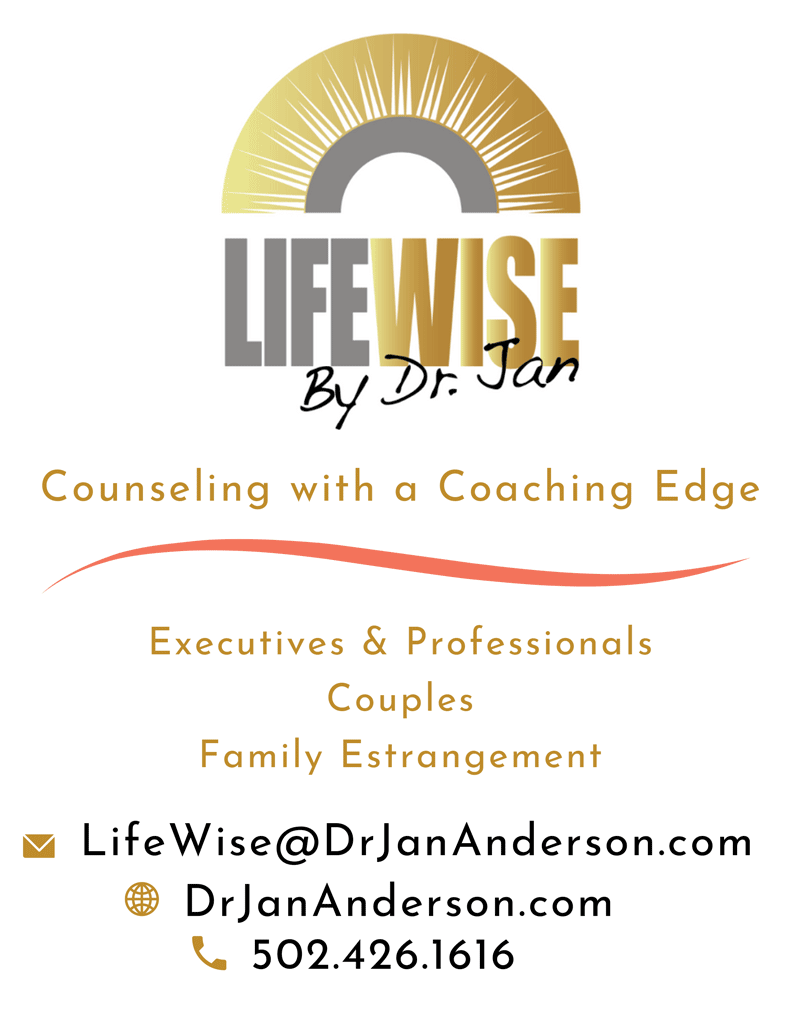Start sharing your feelings… and be smart about it
CLIENT Yeah, things are good with us. We’re crazy busy, doing all kinds of stuff… It’s just that I miss the closeness we used to have. It’s like we’re two ships passing in the day. We’re friendly and we wave, but it’s all in passing. It sounds strange, but I’m actually kind of lonely, even when we’re together…
DR. JAN Have you said anything to your partner about how you’ve been feeling?
CLIENT Well, no. It sounds kind of silly, right? What do I say? Hey, I’m happy, I love you… and I’m lonely.
DR. JAN That’s actually a good start.
CLIENT Really?
DR. JAN Definitely. What do you get from a steady diet of superficial connections? Low-level loneliness. You’re noticing it and sharing it in an attempt to repair the disconnect and feel closer again.
Humans are programmed to need to know we belong, especially to our partners. You get that affirmation through a felt sense of connection. When the connection feels weak or missing, it’s not silly to be concerned. It’s being protective of the bond between you and your partner.
CLIENT Let me guess. It’s about the “v” word, right?
DR. JAN (chuckling): Ah yes, vulnerability. Vulnerability comes with being human, but that doesn’t mean you have to like it. Who likes realizing you’re somewhat exposed and at risk of being rejected or hurt? No wonder you play it conservatively. Rather than say something, you don’t. Rather than ask for something, you don’t. There’s just one problem…
CLIENT Conflict avoidance?
DR. JAN Conflict avoidance feels great in the moment. In the long run, it may cost you the connection you crave. The moment you start hiding your feelings is the moment you start losing your connection.
Hide Your Feelings; Lose Your Connection
CLIENT So I’ve got to tell her I’m feeling lonely? Face the fear and do it anyway?
DR. JAN Actually, no. What I have in mind doesn’t involve force, willpower, or mind games to make sharing your feelings with your partner easier. Because those tactics don’t work.
CLIENT So what does work? You just took the only cards I know how to play off the table!
DR. JAN Start by focusing on the hidden obstacle: What may be holding you back is beating yourself up for feeling vulnerable in the first place. The inner critic attack may be more of an obstacle than fear of your partner’s reaction.
CLIENT (pausing): What do you mean?
DR. JAN Right when you’re feeling your most vulnerable — missing the closeness and connection with your partner and worrying about what to do about it — your inner critic gets in your face and shames you for feeling vulnerable. You’re being silly! What’s wrong with you? No wonder we resist feeling our vulnerability.
An inner critic attack can be debilitating. That shame spiral can completely shut you down or send you spinning out of control. You’ll either say nothing at all or you’ll say the wrong thing.
CLIENT Exactly. So how do you shut it up? Ignore it? Shout it down?
DR. JAN Here’s a little secret about dealing with an inner critic. Underneath all that nastiness and meanness is something you’d never expect: High Anxiety. An inner critic’s job is to help you avoid rejection, hurt, humiliation, and all the other forms of harm we humans can inflict on each other. In the process of desperately trying to protect you from getting hurt, your inner critic can freak out and become quite abusive.
CLIENT Wait, you’re telling me that in the process of trying to protect me, my inner critic abuses me?
DR. JAN Weird, huh? It’s actually like a protective parent who’s trying to help you but gets anxious, and it comes out sideways as anger. Like a parent who yells at their kid when the kid wanders off in a store: Don’t you ever do that again! What doesn’t get expressed is the vulnerability underneath: When I couldn’t find you, I panicked. Or a parent who tries to scare their kid into social skills: Nobody is going to like you if you keep pushing and shoving! Or a parent who tries to scare their kid into motivation: If you don’t keep up, you’re going to get left behind! What doesn’t get expressed is the vulnerability underneath: I’m worried about you fitting in and making it in the world.
CLIENT I can relate to that.
DR. JAN It’s like the inner critic has been handed a set of rules designed to help you survive and thrive in the world. Its job is to beat up on you when you get out of line and break one of these rules. So you don’t screw up your life.
Your Inner Critic Doesn’t Make the Rules.
CLIENT So where did the rules come from?
DR. JAN Great question. As a little kid, you have to figure out how to fit in and make a place for yourself in your family. In other words, you have to figure out the rules, the do’s and don’ts, in your particular family situation. Human beings are very adaptive, so we quickly internalize the rules, and they operate on autopilot. Now you don’t even have to think about it.
This makes you very efficient, but now you don’t know what’s going on in your own mind. At different points in your life, it can be useful to reexamine how your mind works, the internal rules in place, and how well those rules are serving you now. You may want to install some updates so you get better results.
CLIENT My brain could definitely use some rewiring. Can that actually be done? How do you even start?
DR. JAN: You start by looking under the hood to see what’s operating on default. For example, here are some typical internal rules operating in what neuroscientists call your default mode network:
NEVER BE: Weak! Fake! Lazy! Pushy! Selfish! Manipulative!? Needy! Bossy! Entitled! Emotional!
ALWAYS BE: First. Nice. Authentic. Caring. Busy. Transparent. Objective. Responsible. The best.
Do any of these internal rules resonate for you?
CLIENT (laughing): I check all of the above!
DR. JAN Let’s take a closer look and do some prioritizing. I’ve created a tool to make it quick and easy
Dr. Jan’s Inner Critic Quiz
Directions: Using the examples above and adding your own, answer each of the following three questions. Next, rank your answers in priority order.
- The three worst possible things someone could say to describe me are:__________
- Three things I do to avoid doing or feeling are: _____________
- Three things I dislike most in other people: _______________
Make the Mental Shift. The Emotional Connection Will Follow
CLIENT So how does the information from this tool help make it easier to talk to my partner?
DR. JAN Let this tool, and everything else we’ve talked about, help you become more aware of when you’re shutting yourself down. Notice your inner critic’s self-talk and acknowledge how shutting you down is an attempt to help you in the moment. Next, identify what it is your inner critic is most concerned about. What is it trying to protect you from happening in the moment? Acknowledge and appreciate that concern. Finally, acknowledge what it’s costing you in the long run.
Going through this process creates a subtle shift from an either/or mindset to a both/ and mindset. Either/or thinking forces you to choose between two simplistic extremes when both feel wrong. Either/or thinking tends to make you overreact or underreact.
CLIENT Like I either lose it and say too much or I zip it and don’t say anything at all?
DR. JAN Right. The beauty of both/and thinking is that it looks for a way to accommodate both options. In the process, you end up with a superior third option, one that’s better suited to complex human interactions.
CLIENT So how would it work in my situation?
DR. JAN Let’s look at a quick example of how a shift in your thinking can make it easier to connect.
Either/or thinking limits you to two simplistic extremes: EITHER I can express my true feelings OR I can avoid making my partner mad or hurting their feelings.
Both/and thinking looks for a way to accommodate BOTH positions in a win/ win way: How can I be honest and express my true feelings AND reduce the risk of getting hurt or hurting my partner in the process?
CLIENT I see what you mean. You’re right; it‘s a higher level of thinking and it sounds challenging. It also sounds on target.
DR. JAN I’m a big fan of both/and thinking. I’m blown away by how it changes how your mind works and how you relate to the people closest to you. But don’t take my word for it. Try it for yourself.
Both/and thinking is an effective way to express conflicting emotions, resolve interpersonal conflict, and build relationships. If you’re interested in learning more, please get in touch with me for a complimentary consultation.







